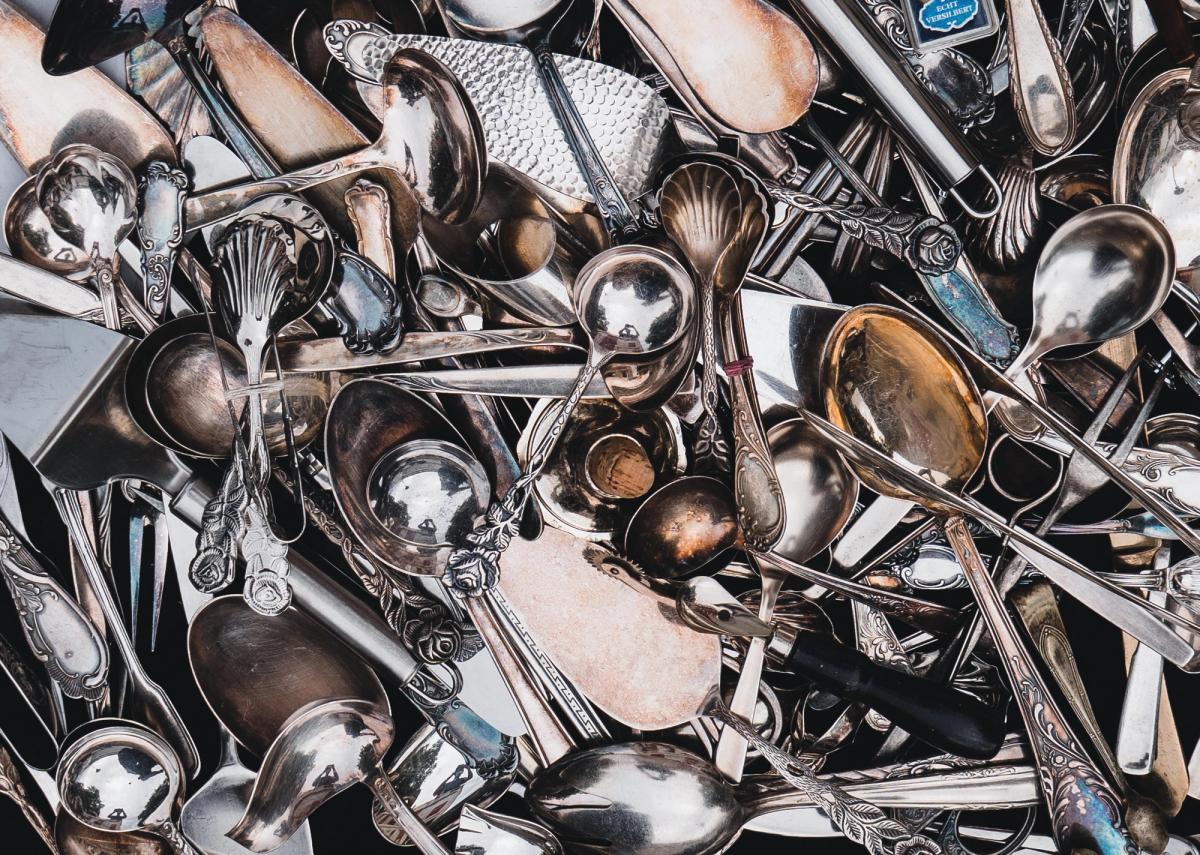In July the Evening Standard ran an article on the new “Young London Artists” (YLAs), presenting a list of wealthy heirs, it-boys and -girls and socialites supposedly “refreshing London as a cultural epicentre”. But its publication comes as soaring rents, crippling studying costs and a culture of exclusivity continue tilting the odds of art-world success further and further in favour of those with pre-existing ties to affluence. In December 2022 data from the Office of National Statistics revealed that the proportion of working-class creatives in the UK shrank by half between the 1970s and the 2010s.
Despite this, an emerging generation of artists, curators and gallerists—all without silver spoons in their mouths—is taking the British art scene by storm. Here, nine of them offer a more realistic view of what it is like to break into the art industry, the biggest obstacles they have faced and why talking about class (or socio-economic divides, as some prefer to say) remains so taboo in 2023.
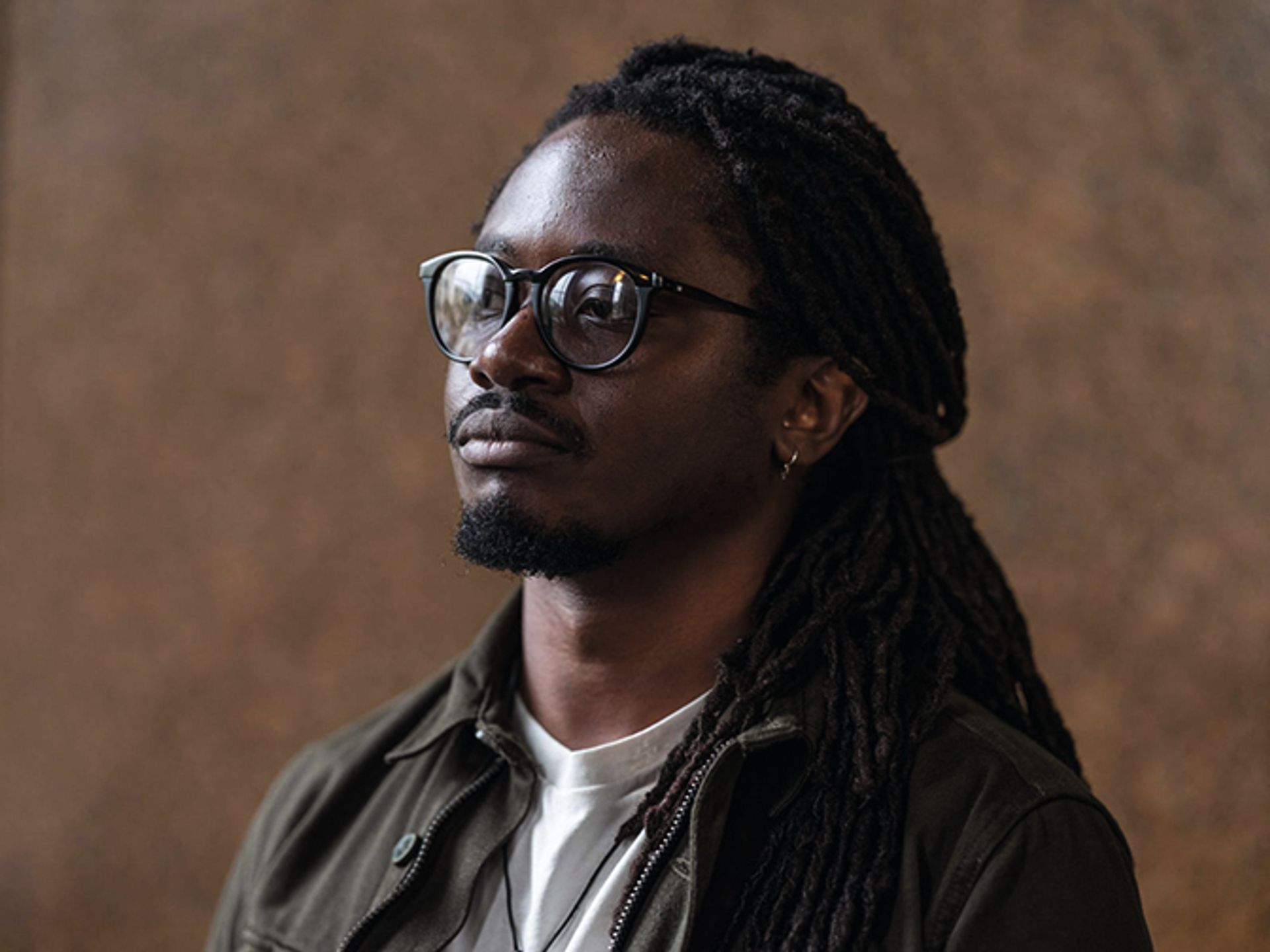
Larry Achiampong, artist
Photo: David Edward
Larry Achiampong is well known for his public commissions, most notably a 2022 project he created for Transport for London that reimagined the London Underground roundel in the pan-African colours of gold, green, black and red. But one of the works that the British-Ghanaian artists says he takes the most pride in is Wayfinder (2022). Set during a pandemic in an unspecified future era, the feature-length film is a reflection on multiple themes resonant to Achiampong, including belonging and displacement, race and class, and home and heritage.
Brought up in the East End of London, the artist became a parent at age 24. “Those early years were really just trying to survive as a young Black father,” he says. “My work wasn’t taken seriously because of my background. If you come from a background of monetary privilege, you can make really tough decisions with your art. You can say ‘no’ way more easily, or you can sit on something for a long time.”
Achiampong’s greatest concern today is how inaccessible studying art has become. “The game has completely changed,” he says. “If I was starting out now, I couldn’t have afforded art school.” The artist also points out that the stakeholders best positioned to reform the art world are the least inclined to do so: “Those with extreme privileges are the ones who can make those changes—we’re talking about power structures that exist within those ivory towers.” He adds that the question of how to counter the socio-economic imbalance that still dominates the sector “should really be directed at them”.

Ellie Pennick, gallerist
© Brynley Odu Davies
Ellie Pennick, who founded Guts Gallery in 2020, initially wanted to make art rather than deal it: “I applied for an MA at the RCA, but because of my financial status, I couldn’t study there. That’s when I began to question the broader impact of social austerity on the art world. Through this anger and frustration, I started putting on shows in the function room of a pub I lived in, and from there started Guts as an online and nomadic platform.”
Pennick says a lack of financial resources and “limited access to influential circles” have been major hurdles in sustaining their gallery. Despite this, Pennick says, “being a gallerist from a working-class background has fuelled my determination and passion for championing emerging artists”. The dealer believes the art market itself “raises questions about fairness and wealth distribution”, adding, “The act of owning and displaying art has been linked to showcasing social status and affluence, which challenges the perception that art is solely about aesthetic appreciation.”

Georg Wilson, artist
Though Georg Wilson wanted to be an artist for as long as she remembers, she chose to study history of art at university “in the hope it might lead to employment”. At night and during weekends, however, she still painted in her bedroom. “It was only during Covid, living back with my parents after graduating, that I gave art a chance and started making work full time and selling some drawings online,” she says. For Wilson, maintaining a studio in London has been the most stressful part of being an artist. As she puts it: “Space is limited and often prohibitively expensive. I’ve been evicted from studios in the past at short notice, and I’ve been priced out of others.”
Collaborative projects have been the “most rewarding”, Wilson says, noting how, as part of her solo show with Berntson Bhattacharjee gallery in London earlier this year, she collaborated with Rowe Irvin to produce Quiver, a book of Irvin’s poems and her own drawings. Broad access to art education is crucial for maintaining a diverse landscape, Wilson thinks: “As long as the current government continues to cut the arts in schools, access will remain firmly in the hands of the privileged few with very similar backgrounds, which is a shame, because it leads to a cultural landscape that is limited and therefore quite dull.”

Woodsy Bransfield, artist
Courtesy of the artist
Woodsy Bransfield is a British artist whose work combines pop performance with more traditional studio practices such as painting. Class tensions and personal adversity have driven his creative pursuits from an early age. In his own words: “There was one other artist in my family. He was called Eddie Bransfield, my uncle, who I was enamoured with. It was the first time I heard the phrase ‘art school’ as everyone was always saying how Eddie wanted to go to this magical place called ‘art school’.”
But when Woodsy was only eight, he says, “Eddie was taken from us very suddenly and shockingly in a mindless act of violence. He was 25. This politicised me way before I had the words to articulate it. It made me deftly aware that there are countless issues which disproportionately affect communities like ours to an overwhelming degree—addiction, alcoholism, crime, violence, suicide, incarceration. It made me hell-bent on going to art school by way of what I erroneously perceived to be ‘escaping’ the estates”.
As Bransfield matured, he realised that the “minimal effort to find Eddie’s killer directly correlated to” his family’s socio-economic standing. “This switched me on to a far more insidious form of violence regarding state machination, law, how these two things are policed and who they are really in aid of,” the artist says. “I have no interest in a class war. But there are many of us for whom art remains a seriously existential pursuit. It’s why people will toil away, unpaid, unrecognised, against all odds, for decades.”

Andy Wicks, gallerist
Courtesy of Andy Wicks
Andy Wicks, who launched Castor gallery in 2016, studied Fine Art at Middlesex University, graduating in 2006. “I recall dreaming of having a warehouse as a multipurpose space for exhibitions and studios—near impossible in London at commercial rates,” he says. For a decade, Wicks was an artist, supporting himself by working as a freelance gallery technician and fabricator. He became a gallerist after being offered a free one-year lease on a small café/bar basement in front of Goldsmiths, University of London.
For Wicks, the biggest challenge has “always—sadly—been money”. He recalls leaving his first space at the end of 2016 and having to find a way to pay rent to continue the gallery in nearby Deptford. “It was a huge leap of faith, as I didn’t really sell anything for the first two to three years,” he says. In 2022 he relocated to Fitzrovia. In just seven and a half years, he has put on 65 exhibitions, including Lindsey Mendick’s The Ex Files, Grace Woodcock’s Gut-Brain and Rafal Zajko’s Resuscitation. The gallerist thinks change is slow in the art world because it is a “closed system”. He adds: “We need to celebrate and nurture creativity rather than getting rid of ‘low value’ degrees.”
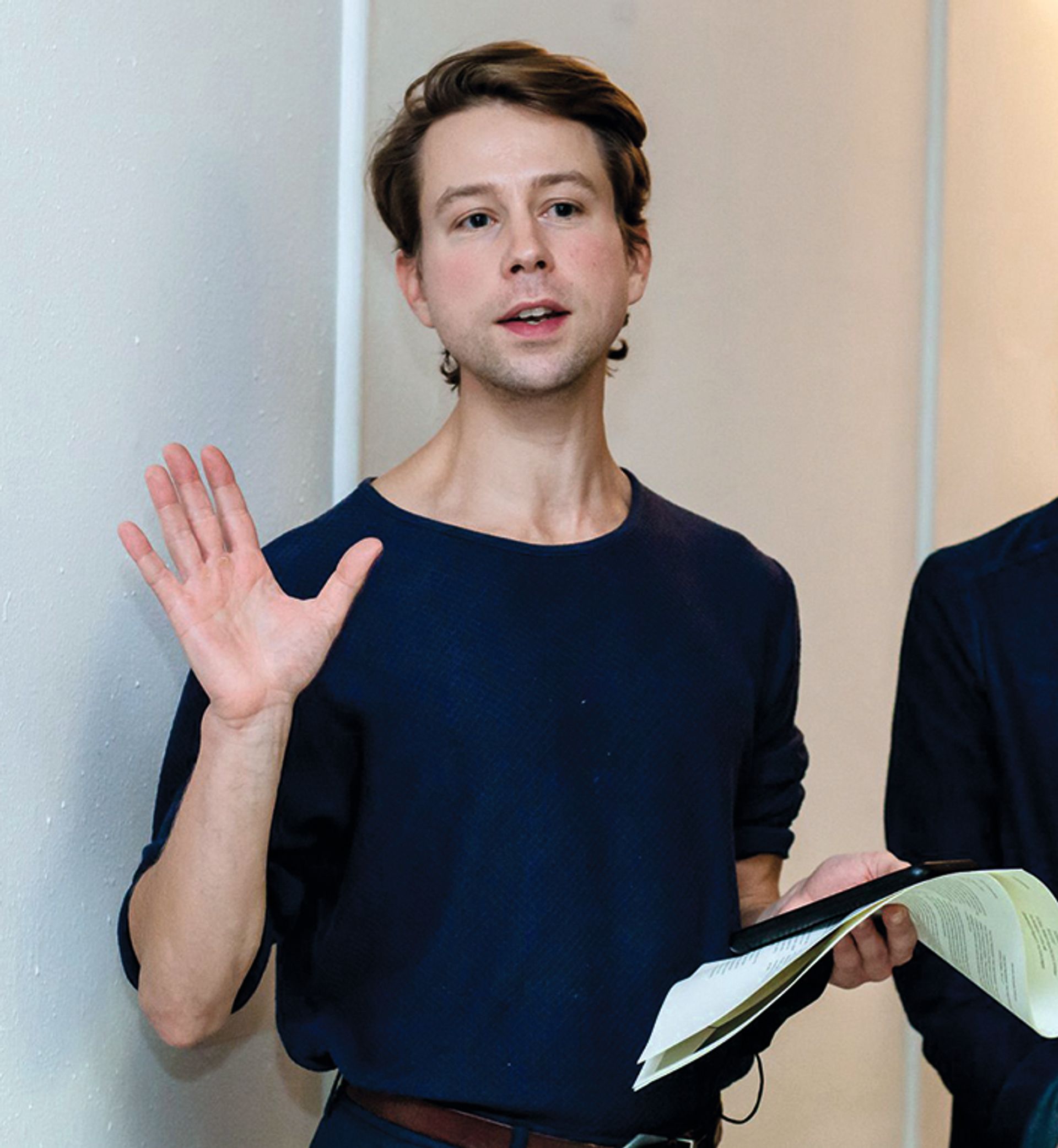
Yates Norton, curator
“I think I ‘fell’ into curating,” says Yates Norton, a curator at London’s Roberts Institute of Art and the developer of a public exhibition series at the Vilnius-based residency and arts centre Rupert “which sought to address issues of structural exclusions by looking to different disciplines and practices”.
Norton suggests “socio-economic status” rather than class might be a more useful term when thinking about the question of privilege in the art world, because “class is so historically freighted and means very different things to different people”. He thinks that “stories of triumph over adversity and exclusion must be celebrated”, but those stories are “part of the daily effort of many people whose individual acts of agency do not amount to the spectacular or extraordinary”.
He concludes: “In the absence of any change in the law regarding socio-economic status, we need a shift in values in the art world, balancing an overdetermined focus on heroic individuals and explosive disruptors with a more fundamental, everyday concern for building sustainable, inclusive conditions for making and sharing work.”
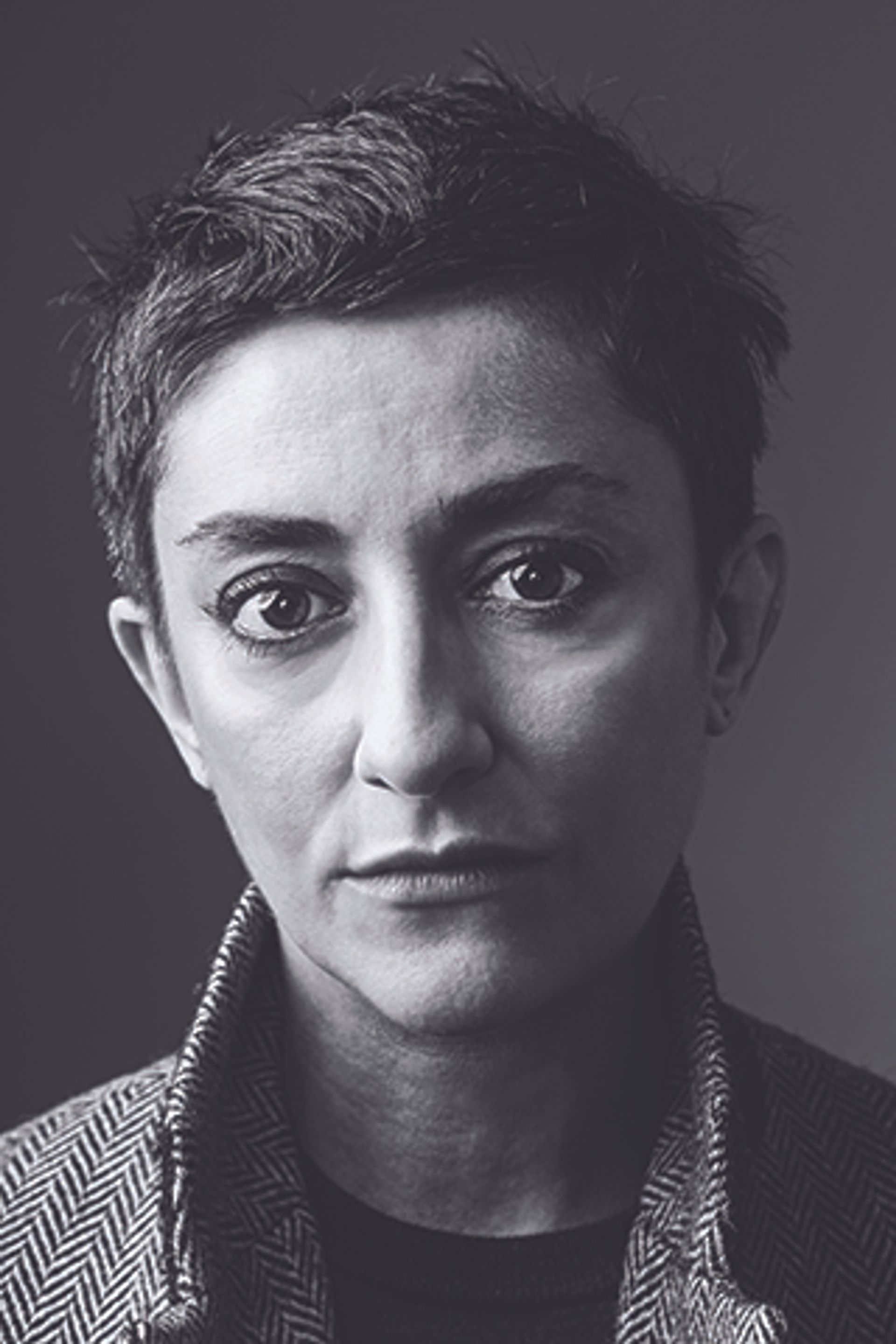
Maria Fusco, writer
© Ross Fraser McLean, StudioRoRo
In her book of essays, Who does not envy with us is against us, about “working-class-ness as method”, the art critic and writer Maria Fusco recounts how she picked up the power of language not from books but from looking around her, “watching shite television and listening to my mother’s skilful cursing”.
Fusco, who has taught or guest lectured at prominent art schools such as Goldsmiths and London’s Royal Academy, says her biggest obstacles while growing up in the 1970s and 80s in North Belfast were “poverty and The Troubles”. One of her most powerful works, History of the Present, an opera-film she co-created with artist and film-maker Margaret Salmon, examines the legacies of The Troubles, foregrounding working-class women’s voices. The work premiered in London at the Royal Opera House in July. “Right now, I am proud of getting somewhere with the word ‘royal’ in its title to show challenging work about the UK’s recent violent history,” she says.
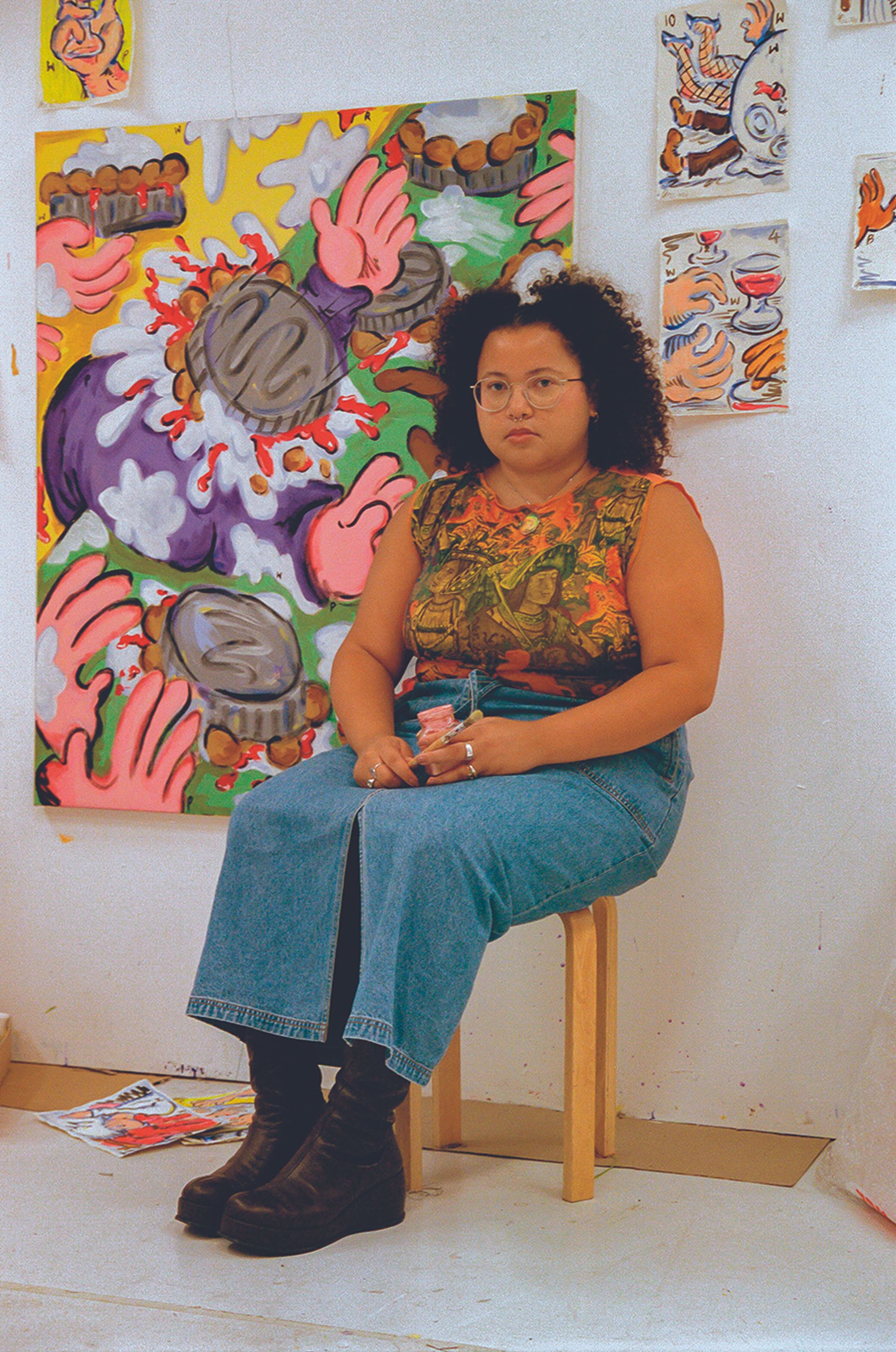
Olivia Sterling, artist
Photo: Matt Snellin
Olivia Sterling graduated with an MA from the Royal College of Art in 2020, during the height of the Covid-19 pandemic. Shortly after graduation, White Cube included her in a group show of 20 recent graduates, a lifeline for the artist at the time. “When I graduated during Covid, everyone, especially galleries, was supportive and uplifting to students.
But that didn’t last long,” she says. Luckily, she sold several paintings from her degree show, received redundancy pay from her retail job and snagged a free artist residency. Sterling then built relationships with galleries who helped sell her work, giving her the chance to focus on her practice. “Honestly, if it wasn’t for that financial help, I don’t think I’d have a career today,” she says.
Sterling’s work deals with millennia of violence at the hands of white supremacy in a wildly humorous, cartoonish way. Her most recent exhibition, Rage Comics at Huxley-Parlour, is a two-person show with Shir Cohen: “They are my best paintings to date, and it was interesting to bounce my view of whiteness against the artist I share the show with.”
Class remains a taboo in the art world, Sterling thinks, because “it’s all so opaque”. She adds: “It’s tough navigating an industry that lacks financial transparency.” Her message to galleries and collectors? “Offer more free and flexible residencies. It might sound blunt, but throwing money at the problem can actually help artists be more stable and create better work.”
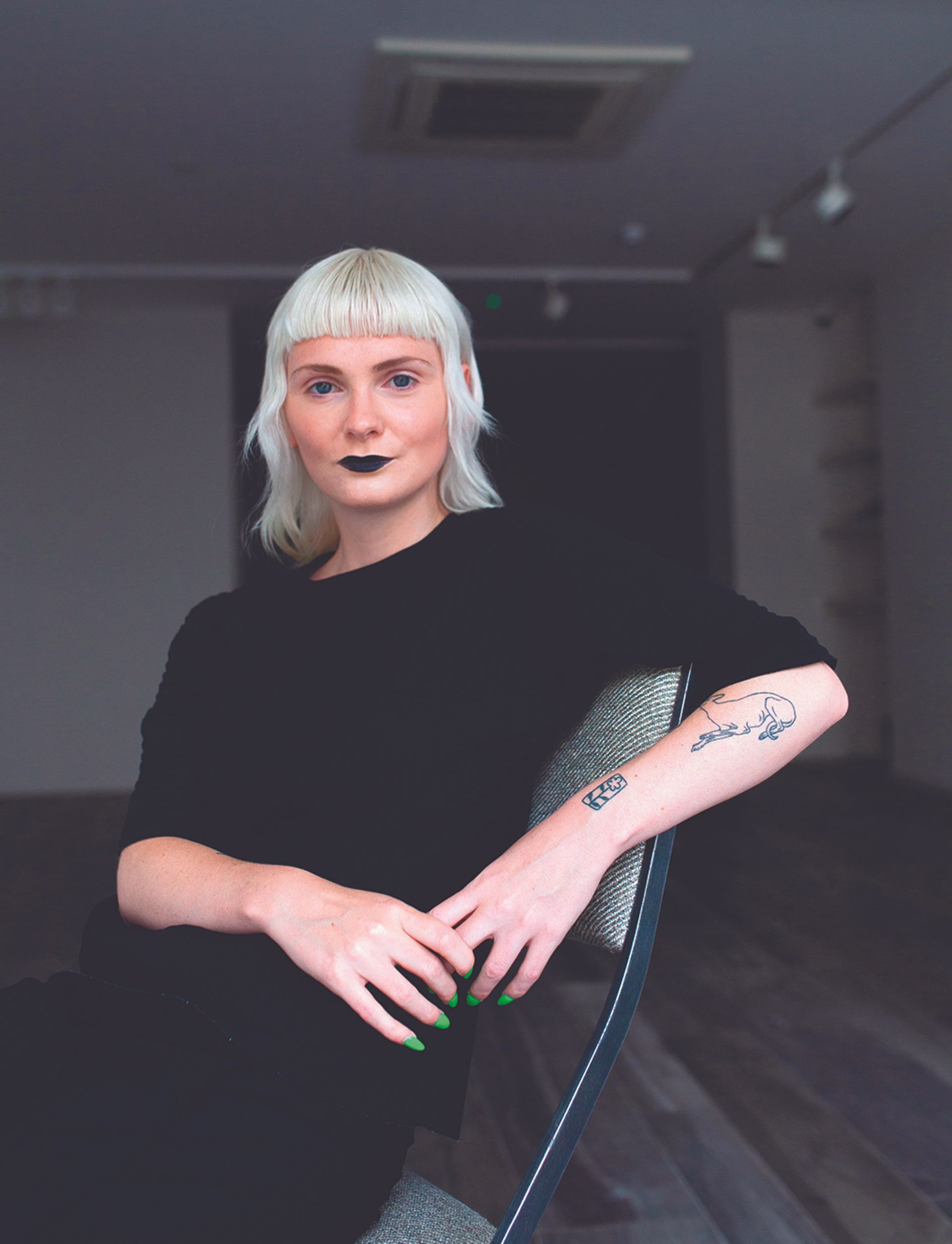
Bella Bonner-Evans, PR and writer
© Brynley Odu Davies
Although her interest in art was nurtured as a student, Bella Bonner-Evans says she carved out her gallery career on her own. She currently works as a co-curator and head of sales at the Notting Hill gallery Studio West. “The art world is an incredibly elitist and exclusionary place, something I became intensely aware of as I attempted to get my first real gallery job,” Bonner-Evans says.
After graduating from Goldsmiths, University of London in 2021, Bonner-Evans sent off hundreds of applications but received almost no responses. “At the time, I didn’t realise how rife nepotism is in the industry; I was incredibly disheartened and felt entirely inadequate,” she says. In many ways this prepared her “for the art world’s ‘pay to play’ mentality”, forcing her to be “inventive and resilient”.
Bonner-Evans began working in arts PR and freelancing as a writer. Talking about class is counterintuitive to the art world, she thinks, “because it is not designed for those from working-class backgrounds or those who have little capital”. She adds: “Money itself is almost taboo, with prices being kept secret on the assumption that, if you were to be a collector lucky enough to be allocated a work from a major gallery’s show, the question of whether you can afford it wouldn’t even cross your mind.”


